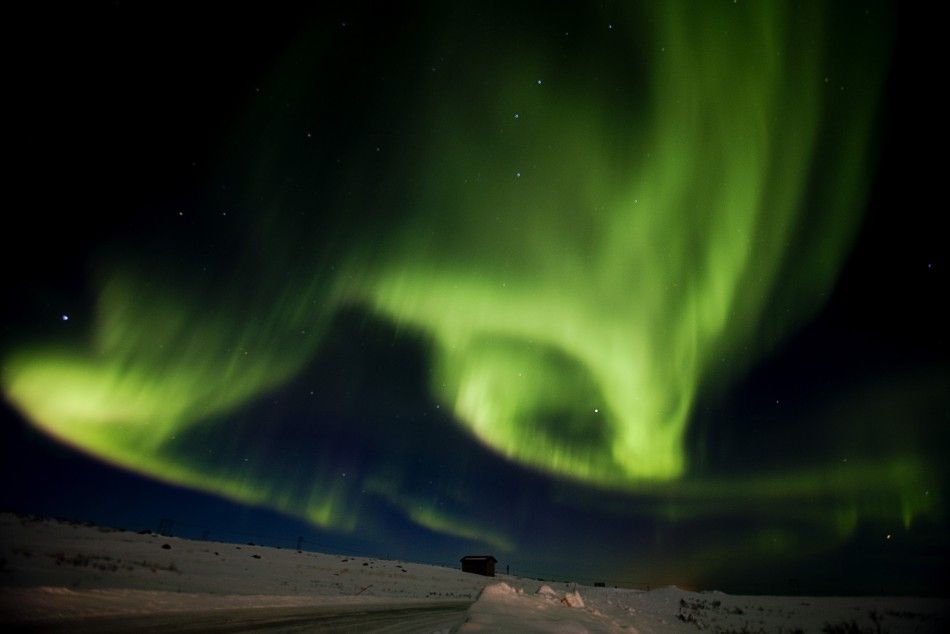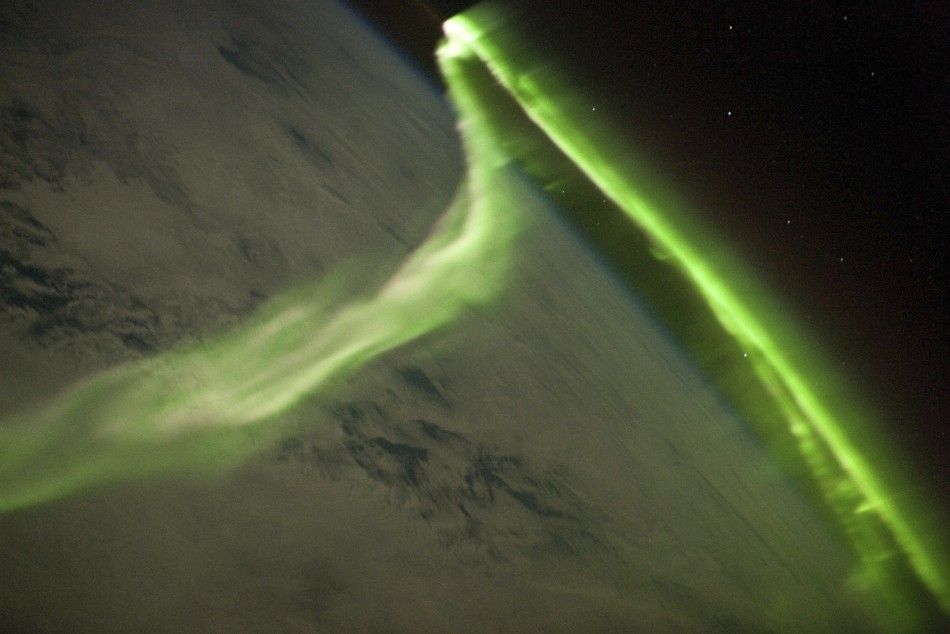Watch for auroras as 'dramatic' solar eruption glances at earth: NASA (PHOTOS)
High-latitude sky watchers should be on alert for auroras on Wednesday and Thursday evenings, when coronal mass ejection (CME) from solar flare observed on Tuesday glance at Earth's magnetic field, NASA said in a statement.
NASA’s Solar Dynamics Observatory recorded a high intensity blast on almost half of the solar surface on June 7, not witnessed since 2006.
According to NASA, CME from this “spectacular” explosion is moving towards Earth at 1400 km/s and should cause auroras during the late hours of June 8 or 9.
Auroras or Aurora Borealis, also known as Northern lights, are created as a result of some natural mechanism between solar wind, ions flow, Earth's magnetic field and collisions between ions and atmospheric atoms and molecules that cause energy releases in the form of colorful lights.
The U.S. National Weather Service Space Weather Prediction Center has indicated that this dramatic eruption from the solar surface will probably cause minor levels of geomagnetic storm activity on Thursday morning around 8 a.m. and is likely to persist for the next 24 hours.
There will be disturbances in the geomagnetic field caused by gusts in the solar wind that blows by Earth leading to weak power grid fluctuations and minor impact on satellite operations, the National Weather Service said, adding that the geomagnetic storm will also cause more auroras at high altitudes.
Check out some of the spectacular, breathtakingly beautiful pictures of auroras in the Polar skies:



© Copyright IBTimes 2024. All rights reserved.











